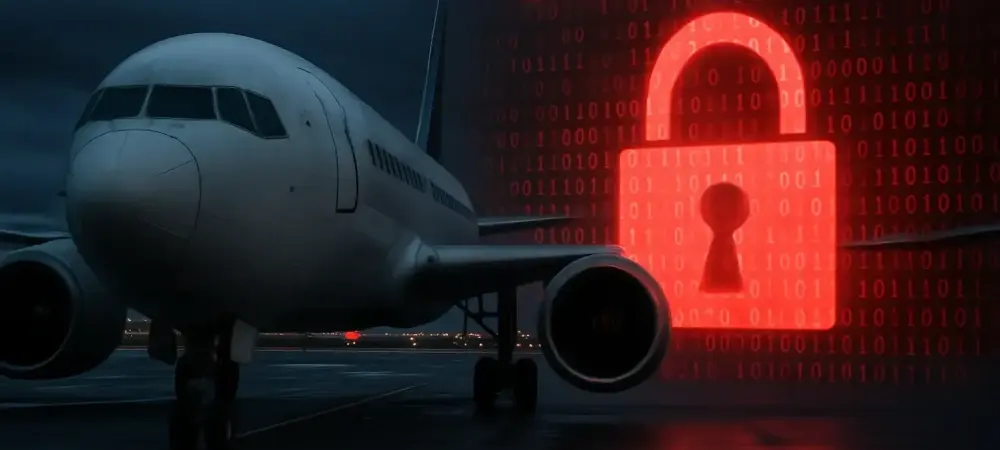In recent news, a major cyberattack targeted Qantas’ call center, compromising a significant amount of customer data. Dominic Jainy, a renowned expert in artificial intelligence and cybersecurity, shares insights into the dynamics of such a hack, the scope of the breach, and measures being taken in the aftermath. With a keen understanding of how technology intersects with industry vulnerabilities, Jainy offers a unique perspective on how attacks like these unfold and what steps companies can take to bolster their defenses.
Can you explain the specifics of the cyberattack on Qantas’ call center?
The cyberattack on Qantas involved a breach of one of the call centers using a third-party platform. Hackers accessed the system, obtaining a significant quantity of customer data. The activity was considered abnormal, which prompted a quick response from Qantas to contain the threat, blaming it on a criminal hacker.
What type of customer data was compromised in the breach?
The compromised data included names, addresses, phone numbers, dates of birth, and frequent-flyer numbers. Nevertheless, due to these being stored separately, credit card details, personal financial information, and passport data remained unaffected.
How did Qantas initially detect the unusual activity in its call center?
Anomalous activity on the third-party platform alerted Qantas to the breach. They acted promptly upon detecting this unusual activity, taking steps to address and contain the breach swiftly.
Can you describe the actions taken by Qantas to contain the attack?
Qantas took immediate measures upon detecting the breach, with efforts including containing the attack to prevent further data compromise and escalating the issue to pertinent authorities for a deeper investigation.
What steps are being taken to investigate the breach further?
The investigation involves collaboration with government authorities, notably the Australian Cyber Security Centre and the National Cyber Security Coordinator. Furthermore, independent forensic experts are engaged to uncover all breach details.
How many of Qantas’ customer service records were potentially accessed by the hackers?
The platform had around six million customers’ service records, though the exact number accessed remains under investigation. Qantas is working diligently to determine the specific impact.
Were any sensitive details like credit card, personal financial, or passport information compromised?
Fortunately, no sensitive credit card data, personal financial information, or passport details were accessed, as these were housed within a separate, secure system.
Is there any information on whether customers’ frequent-flyer login details were accessed?
No, there’s no indication that the hackers accessed login information for customers’ frequent-flyer accounts, according to Qantas’ statement.
How is Qantas working with government authorities to address this cyberattack?
They’re collaborating closely with the Australian Cyber Security Centre and other governmental bodies, ensuring that all angles of the breach are thoroughly explored, while also leveraging external expertise to strengthen their response.
What kind of support or guidance is Qantas receiving from the Australian Cyber Security Centre and the National Cyber Security Coordinator?
Qantas is likely receiving technical support, advisory services, and strategic guidance on cyber defenses to enhance their security posture and prevent future occurrences.
Has Qantas identified any particular hacker group that might be responsible for this breach?
The investigation is still ongoing, but initial suspicions have not yet pinpointed a specific hacker group responsible for this breach.
Can you provide details on the role of the Australian Federal Police in this investigation?
The Australian Federal Police have been engaged to conduct a rigorous investigation, working alongside Qantas to identify the source and ramifications of the breach.
How does this cyberattack relate to the recent activities of the hacker group Scattered Spider?
It’s plausible that this attack could be part of a broader trend seen with Scattered Spider, who has been targeting the aviation sector. However, it’s vital to confirm any direct connection through thorough investigation.
What specific social-engineering tactics are known to be used by Scattered Spider?
Scattered Spider often employs voice phishing to trick call-center workers and potentially bypass multi-factor authentication, gaining unauthorized access to sensitive information.
Are there any connections between the hacker group UNC6040 and Scattered Spider?
While both groups use similar social-engineering tactics, the exact relationship between UNC6040 and Scattered Spider remains speculative, with connections anticipated but needing more evidence.
How will Qantas notify customers who may have been affected by the breach?
Qantas is in the process of contacting affected customers directly to inform them of the breach, likely offering advice on personal data security and additional guidance on protecting their information.
What measures has Qantas taken to ensure that all its systems are now secure?
Post-breach, Qantas asserted that their systems are secure. They have presumably implemented enhanced security protocols and monitoring to prevent recurrence.
Have there been any operational disruptions at Qantas as a result of this cyberattack?
Fortunately, operations at Qantas have remained stable, with the airline continuing normally without any disruptions attributed to the cyberattack.
Can you discuss any continued efforts to enhance Qantas’ cybersecurity infrastructure in light of this incident?
Qantas is likely reviewing and upgrading its cybersecurity measures, focusing on identifying system weaknesses, enhancing data encryption, and ensuring robust authentication processes.
What is your forecast for cybersecurity in the aviation industry given recent events?
As cyber threats evolve, the aviation industry must prioritize cybersecurity, anticipating more sophisticated attacks. I foresee an industry-wide surge in collaboration, investment in AI-driven defenses, and stronger regulatory frameworks to counter such threats effectively.

